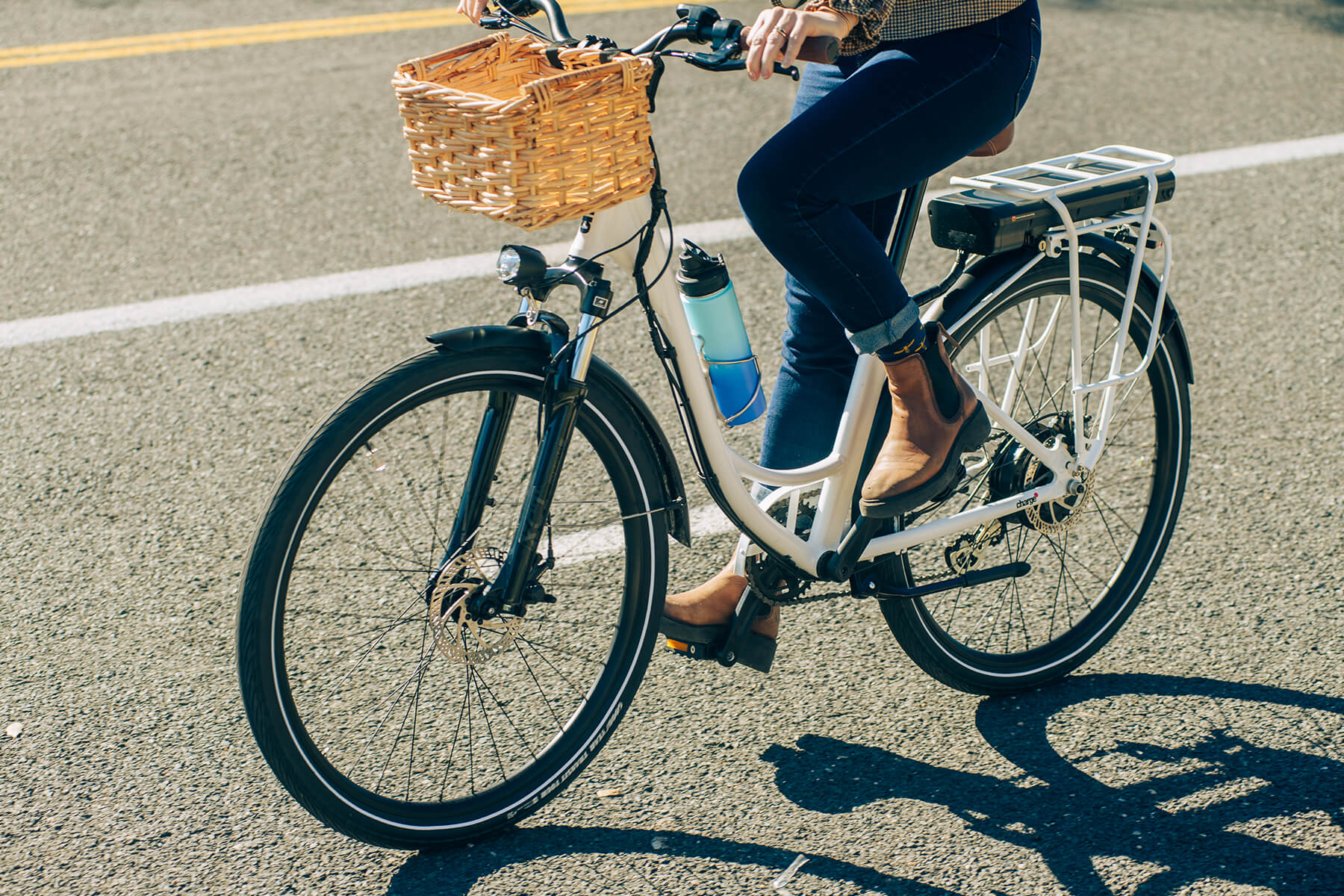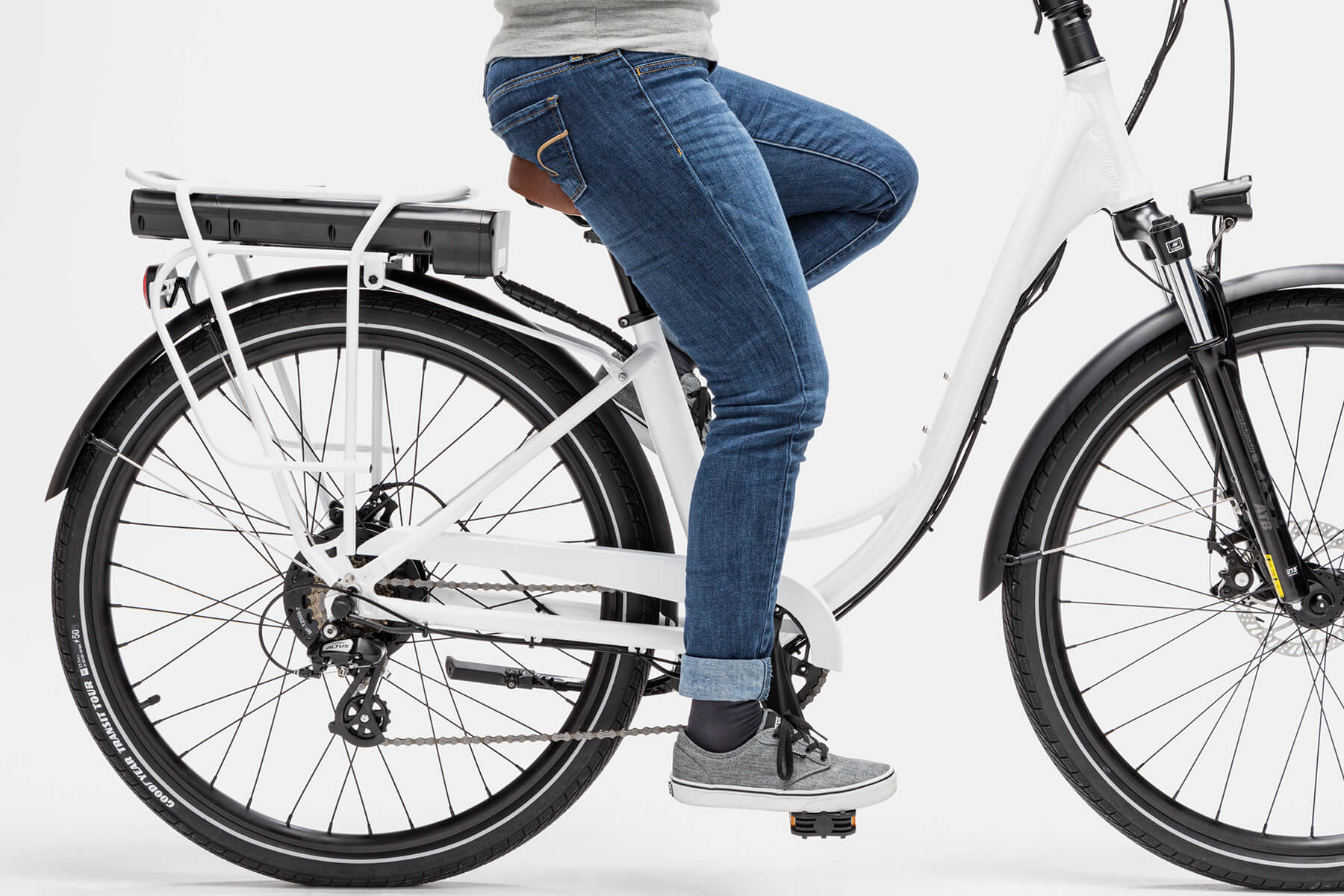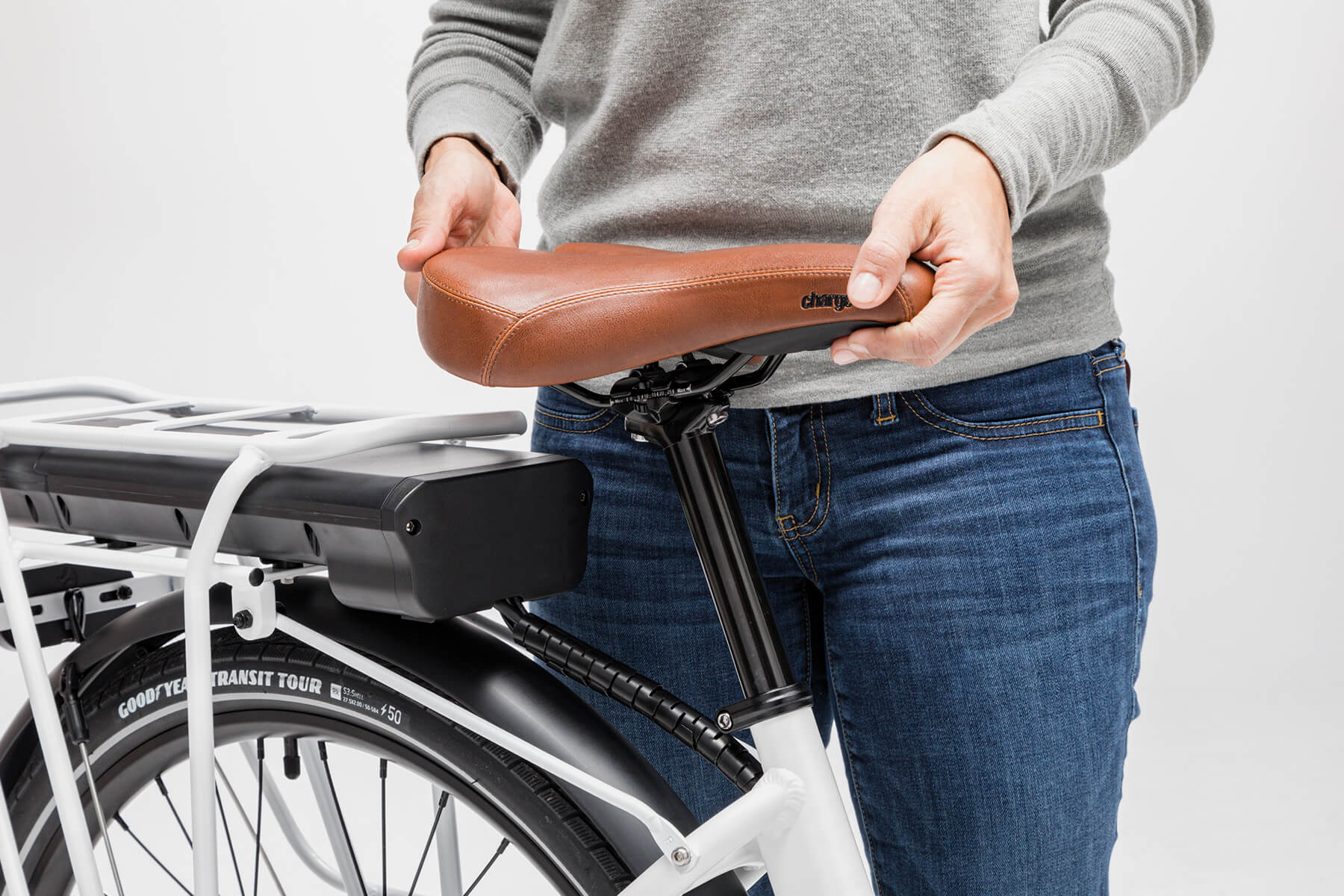Riders all want a better way to ride through the hills and valleys of life in common . Beyond that, however, they’re as unique as they can be.
We make e-bikes for people from all walks of life—from students to teachers, grandparents to professional pickleball players—and they’re certainly not all the same size. That’s why knowing your proper bike seat height is so important to ensure the best, most comfortable rides.
The saddle position affects everything from your pedaling efficiency to your posture and comfort. If it’s not the right height, it can interfere with not only the enjoyment but the safety of your rides. So obviously, you want to get it right.
Riding a bike should be a fun and enjoyable experience. But sometimes, what seems like a simple activity can leave you feeling uncomfortable or even cause you pain. One of the most common causes of discomfort is incorrect bike seat height. But don’t worry, finding the correct bike seat height is not an impossible task. It can even become a comfortable routine once you understand the mechanics behind it.
Finding the correct bike seat height can be a challenge, especially for new riders. If not set appropriately, it can lead to discomfort, inefficiency, or even injury. By understanding the factors that come into play, one can optimize their cycling experience and overall performance. Let’s dig into the details and help you find the ideal bike seat height for your needs.
The Paramount Importance of Correct Bike Seat Height
Why does seat height matter? The height of your bike seat plays a crucial role in your comfort, efficiency, and overall performance when cycling. More than that, it can significantly affect your physical health. If your seat height is too high, you might over-extend your legs while pedaling, which could lead to muscle strains and imbalance, discomfort, or even serious injuries in the long run. Conversely, a seat that is too low can lead to poor pedal efficiency, meaning that you won’t get the most out of your pedaling power. Additionally, a low seat can also cause unnecessary strain on your knees, making your ride less comfortable and potentially leading to knee injuries.
The Step-by-Step Process of Measuring Your Bike Seat Height
Measuring the height of your bike seat is straightforward. Start by standing next to your bike and adjust the seat to hip level. This is a good starting point. Now, sit on the bike and place your heel on the pedal. If your leg is fully extended or straight when the pedal is at the lowest point of the rotation, you have likely found a good starting point for your seat height. Remember, this is a general rule of thumb and individual preferences and comfort should always be taken into account.
Unfolding the Factors That Influence Bike Seat Height
Determining the correct bike seat height is not one-size-fits-all. Several factors can influence what the ideal height is for you. These factors include your height, the length of your inside leg (also known as inseam), your riding style, and the type of bike you have. For instance, a road cyclist aiming for speed and efficiency might prefer a slightly higher seat, while a mountain biker who needs to navigate rough terrains and make frequent stops could benefit from a lower seat.
Fine-Tuning: Adjusting Your Bike Seat for Optimal Comfort and Efficiency
Adjusting your bike seat isn’t just about the height. Other factors can influence your comfort and efficiency on the bike, such as the tilt and fore/aft position of the seat. A properly adjusted seat will support your body weight effectively, help you pedal efficiently, reduce unnecessary strain on your joints, and improve your overall comfort during rides. Make small adjustments, then take a short ride to test how the new setting feels. Patience is key; you may need to repeat this process multiple times to find the most comfortable setting.
Evading Common Mistakes in Adjusting Bike Seat Height
Despite the best of intentions, many cyclists make mistakes when adjusting their bike seat height. Some of the most common errors include over-adjusting the seat height, forgetting the influence of different footwear on leg reach, and neglecting to reevaluate seat height over time. These mistakes can lead to persistent discomfort, reduced pedal efficiency, and increased risk of injury over time. Being aware of these pitfalls is the first step in avoiding them and optimizing your cycling experience.
Discovering Your Ideal Bike Seat Height: A Journey Worth Making
Understanding how to measure and adjust your bike seat height is crucial for both your cycling performance and physical health. This process might involve some trial and error, but finding the perfect seat height can significantly enhance your cycling experience, boost your performance, and prevent potential injuries. Remember that comfort should be your primary guide when adjusting your bike seat height. After all, the goal is to enjoy the ride!
FAQ : Your Questions, Answered
Question 1: How do I know if my bike seat is too high?
Answer: If your bike seat is too high, you might have difficulty reaching the pedals, experience a rocking motion in your hips while pedaling, or suffer from pain in your back or knees.
Question 2: How often should I adjust my bike seat height?
Answer: Ideally, you should check and adjust your bike seat height whenever you change your cycling shoes, experience discomfort during rides, or after having a professional bike fit. As your fitness level and flexibility improve, your ideal seat height might also change.
Question 3: What’s the relationship between inside leg length and bike seat height?
Answer: Your inside leg length, or inseam, plays a significant role in determining your bike seat height. A good rule of thumb is to set the seat height at about 88-90% of your inseam. But remember, this is a general guideline and individual comfort and riding style should always be considered.
Always bear in mind that this guide serves as a comprehensive but generalized starting point. Each rider’s needs can vary greatly, and it’s always advisable to consult with a professional in the cycling world for personalized advice. Keep adjusting, keep experimenting, and most importantly, keep enjoying the ride!
 Shuangye ebike
Shuangye ebike



